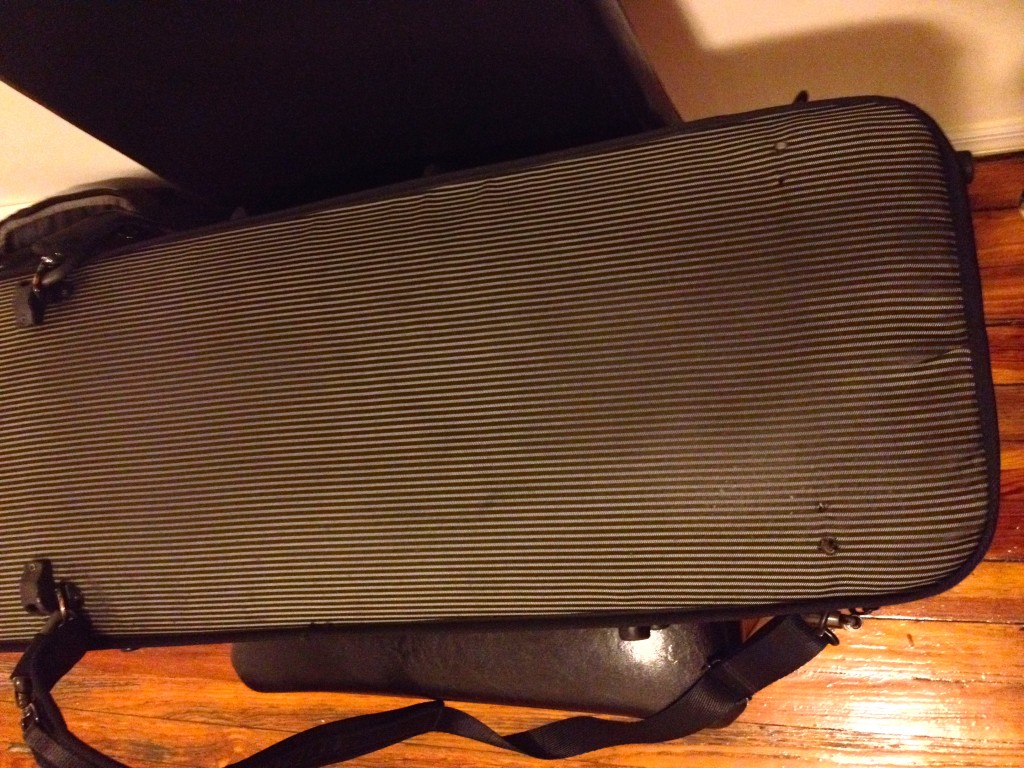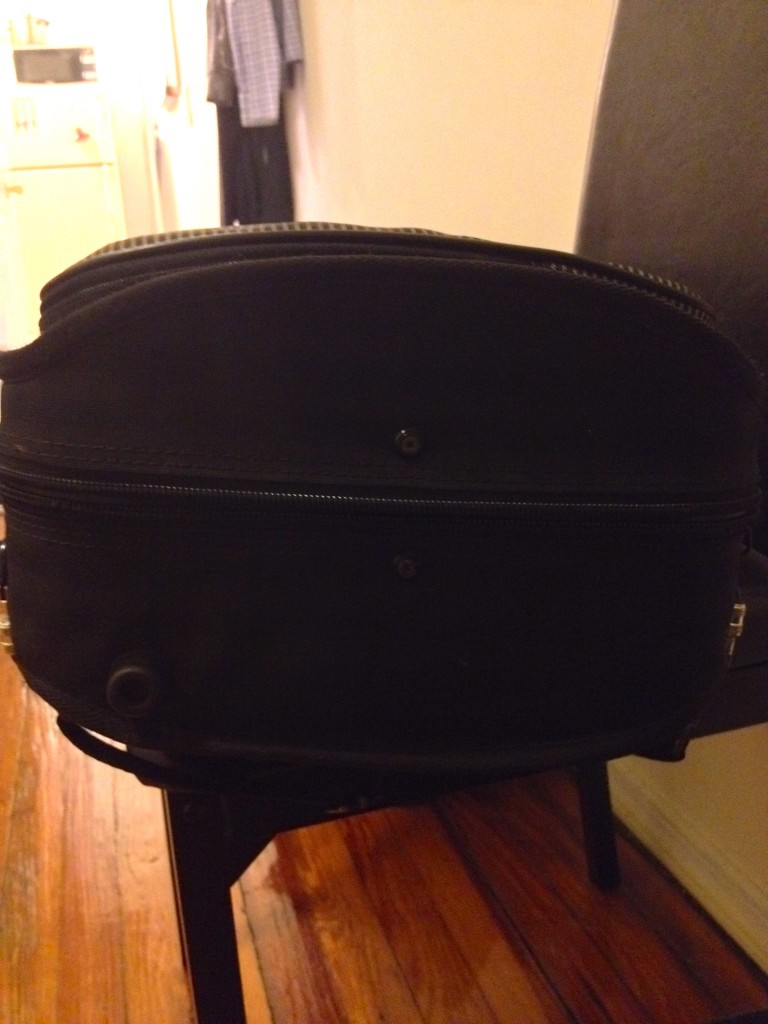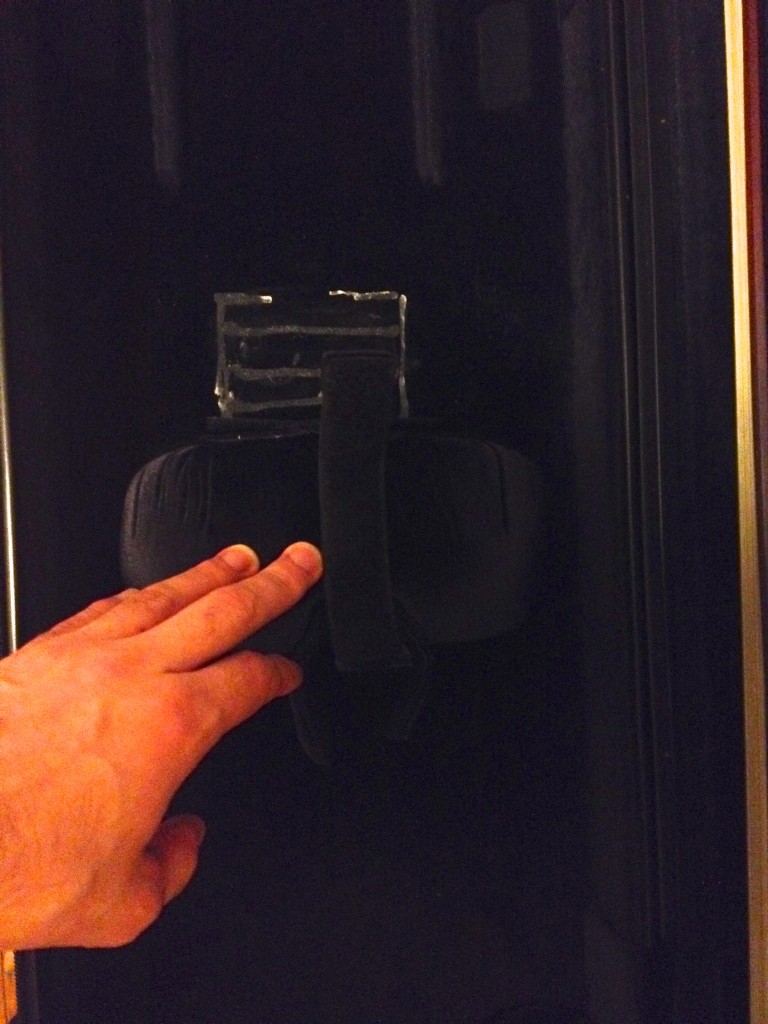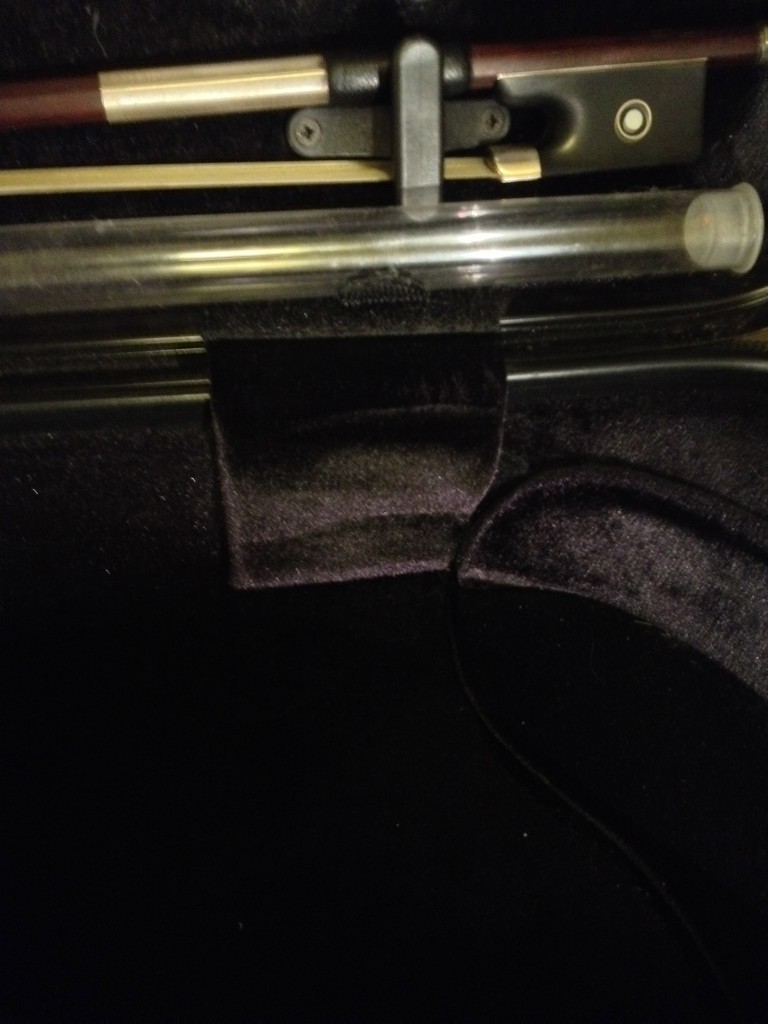In November of 2015, Burning City Orchestra (BCO) released its debut album after five years of hard work. The primary driving force behind this indie-rock release is Noam Faingold, who is a great friend of mine. With that being said, as a reader, you can rightfully expect this review to be a good one, so let me explain to you why BCO’s debut is worth the listen:
I first met Noam at NYU when he was a graduate student in the composition program there. At the time, I knew Noam primarily as a classical composer and was only marginally aware of his past in indie-rock and his work on the Noam Faingold Orchestra—the name of BCO many years ago. Listeners should not think that this makes the BCO some unwieldy foray by a composer out of his element (not directly comparable, but see John Adams’ I Was Looking at the Ceiling for example). The parts written for the BCO are genuine and idiomatic to the form, except with a prominent twist where, instead of vocals being primarily supported by the classic rock quartet formation of an electric guitar and bass, the body of the orchestration¹ is primarily fulfilled by a contingent of strings. Hence, Burning City Orchestra. The string parts are performed competently by Amanda Lo, Joshua Henderson, Patti Kilroy, Rick Quantz, Susanna Mendlow, Mike Midlarsky, and Pat Swoboda.
To provide readers with an idea of some of the string parts’ compositional creativity, I would like to use a few songs as examples of what string writing in pop and rock should aim to be. In the introduction of The Place You Go Before You Die, during one of the final choruses and the outro, Noam uses glissandos, harmonics, and pizzicato played at various distances from the instrument’s bridge to create a kaleidoscope of effects outlining melodic content from the song, flung across the ranges of the instruments. There is a fair bit of processing on the parts, and these played string effects were sampled and then locked into their intended temporal position to create a clear rhythmic picture.
In Allinmymind over this lyrical content:
There’s a sin that’s been waiting for a special occasion
There’s a masterpiece waiting to be given shape
There’s a train built for one destination to takeAnd a rat looks me square in the eye as I’m falling awake.
And the train comes to take me away, as my pen starts to ache.
Here, Noam breaks the repeating triplet figures that have persisted since the beginning of the song with a beautiful ascending progression which ultimately lands on an A minor chord with the cello suspended on the 4th which subsequently resolves to a D minor 7 chord with a major 9th, through which the viola shines through on the tonic of the key. The moment of harmonic richness lands as Noam sings ‘awake’.
Musically, the best moments of this album are when the entire texture drops into a quiet intensity before bursting into adulation. This musical gesture happens a few times through the course of the release, in Madame, Inspiration Hits Like an Atomic Bomb, What Sweaters are for in the Summer specifically. In Inspiration Hits Like an Atomic Bomb, this kind of moment, which is presented in the 1st chorus,
Inspiration hits like an atomic bomb
And I’m waiting for the calm
So I can tell you that you’re perfect
Inspiration hits like an atomic bomb
And I’m waiting for the calm
So I can tell you that you’re perfect
Tell you that you’re perfect
is extended through a somber bridge that leads to a full stop in the music. Here Noam sings alone before all other instruments explode back in with a restatement of the chorus. Another interesting aspect of this album to note is that the usual song structure of intro-verse-chorus-verse-chorus-bridge-chorus-etc. is eschewed. For example, the first chorus in The Place You Go Before You Die occurs at 2:03 in the track, and only has a single second (albeit extended) chorus segment. In What Sweaters are for in the Summer, the reflective track is divided into two parts, with the first part essentially a soundscape of electronic noises with some light violin harmonic arpeggiations thrown in for effects. I won’t spoil the entire album for you, you can buy the album and see more here.
1. Orchestration in the sense of how the instrumentation and composition intertwine.




